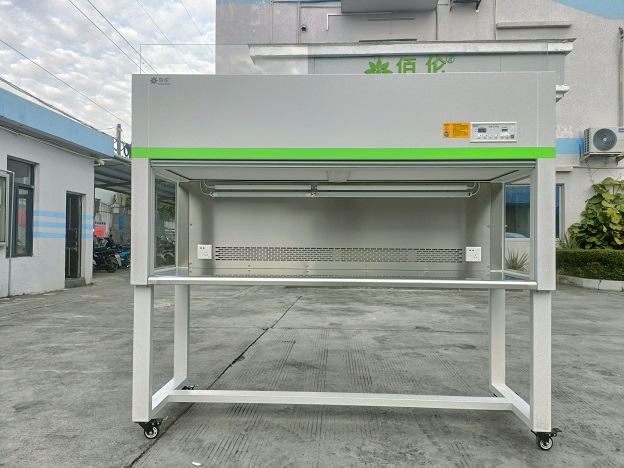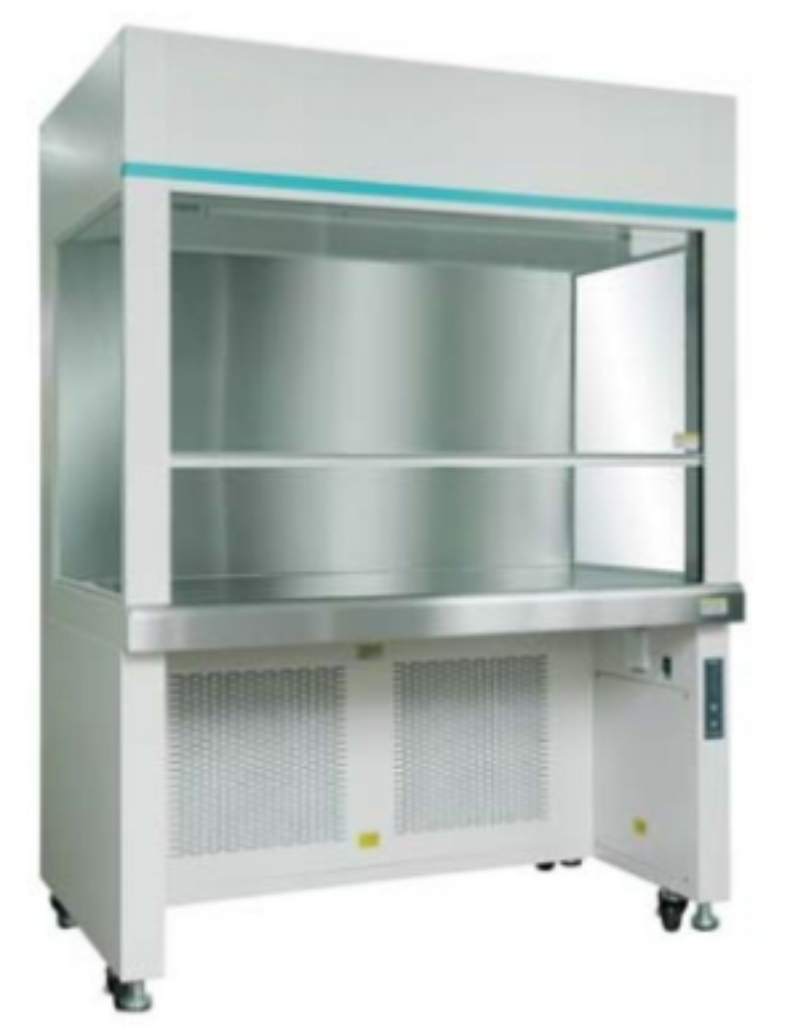What is the difference between a clean workbench and a biological safety cabinet or fume hood?Clean benches, biosafety cabinets, and fume hoods are widely used in laboratories and the medical industry, and they all help ensure a clean and safe experimental environment. Although their goals are similar, there are some significant differences in functionality and purpose. First of all, the clean workbench is a purification equipment used to keep the experimental environment clean. It mainly uses high-efficiency filters to prevent particles, dust, and pollutants in the air from entering the work area and reduce the contamination of experimental samples. A clean workbench is usually used in biological laboratories, electronic component assembly, and pharmaceutical preparations that require a highly clean environment. When working in a clean workbench, operators need to be careful not to allow contaminants to enter the workbench and follow strict clean operating procedures. Clean workbench is divided into different levels according to the air filtration level, such as ISO 5, ISO 7, etc., to provide different levels of cleanliness.
In contrast, biosafety cabinets are designed for handling samples and reagents at biosafety levels 1-4 and are used for handling biopathogenic substances or materials with potential infection risks. Biological safety cabinets usually use a filtration system similar to a clean bench to prevent the spread and spread of microorganisms and pathogens. In addition, biological safety cabinets also adopt airflow protection technology. Through appropriate airflow design, a negative pressure environment is formed in the operating area to prevent harmful substances from escaping and provide a certain degree of physical isolation and biological protection. Different levels of biological safety cabinets often include additional features such as sterilizable materials and additional air handling systems to ensure adequate operator protection against hazardous organisms.
Fume hoods, on the other hand, are also designed to effectively control and eliminate harmful gases, chemicals, and particles. Fume hoods are commonly used in chemical laboratories to ensure operator safety when handling hazardous materials. Fume hoods remove hazardous materials by drawing air from the work area and sending it to a filter or exhausting it outside. This exhaust system also forces air through the work area and filters to ensure harmful materials do not enter the operator's breathing space. Fume hoods are often equipped with chemical storage cabinets and other safety measures to further protect the safety of operators and the laboratory environment.
In summary, clean workbenches, biological safety cabinets, and fume hoods all help to keep the experimental environment clean and safe. The clean workbench is mainly used to keep the work area clean, the biological safety cabinet is used to handle samples and reagents of various biological safety levels, and the fume hood is used to handle chemicals and harmful gases. Choosing the right equipment is crucial to ensuring the smooth progress of laboratory and medical work, so understand their differences and characteristics before choosing and ensure their correct installation and operation. |

 German
German French
French Italian
Italian Portuguese
Portuguese Japanese
Japanese Korrean
Korrean Russian
Russian


.jpg)




